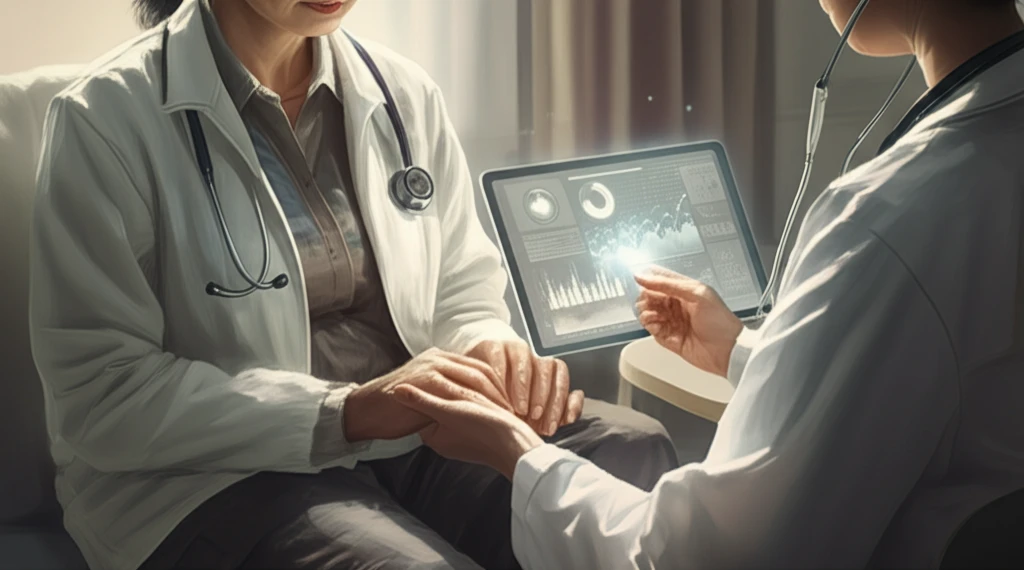
Real-Time Feedback: Revolutionizing End-of-Life Care
"Discover how real-time reporting is transforming end-of-life care, enhancing patient and family experiences through timely insights and compassionate responsiveness."
In the realm of healthcare, few areas demand as much sensitivity and responsiveness as end-of-life care. Ensuring comfort, dignity, and peace for patients and their families during these critical moments requires not only medical expertise but also a deep understanding of their emotional and psychological needs. Traditional methods of gathering feedback often fall short, lagging behind the real-time experiences of patients and caregivers. This is where the concept of real-time reporting steps in, offering a transformative approach to enhancing the quality of end-of-life care.
Real-time reporting, in the context of healthcare, involves the immediate collection and analysis of feedback from patients, families, and care providers. This approach contrasts sharply with traditional surveys and assessments, which typically occur after a significant time lag. By capturing insights as they happen, healthcare teams can promptly address concerns, adjust care plans, and provide more personalized support. This immediacy is particularly crucial in end-of-life care, where every moment counts and the needs of patients can change rapidly.
The shift towards real-time feedback is driven by a growing recognition that patient-centered care must be proactive and adaptive. As healthcare systems strive to improve patient outcomes and satisfaction, real-time reporting emerges as a powerful tool for achieving these goals. It enables care providers to continuously monitor the patient experience, identify areas for improvement, and ensure that every individual receives the compassionate and comprehensive care they deserve. In the following sections, we will delve into the practical applications of real-time reporting in end-of-life care, exploring its benefits, challenges, and potential for future growth.
The Power of Immediate Insights

The cornerstone of real-time reporting lies in its ability to provide immediate insights into the patient and family experience. Traditional feedback mechanisms, such as post-care surveys, often suffer from recall bias and delayed actionability. Real-time systems, on the other hand, capture feedback as events unfold, offering a more accurate and timely representation of the care experience. This immediacy allows healthcare teams to identify and address issues promptly, improving patient comfort and satisfaction.
- Enhanced Patient Comfort
- Improved Family Support
- Proactive Care Adjustments
- Increased Trust and Security
Looking Ahead: The Future of Real-Time Care
As healthcare continues to evolve, the role of real-time reporting in end-of-life care is poised to expand. Technological advancements, such as wearable sensors and AI-powered analytics, offer new opportunities to monitor patient well-being and personalize care plans. By integrating these tools with real-time feedback systems, healthcare providers can gain a more comprehensive understanding of the patient experience and deliver truly patient-centered care. Ultimately, the goal is to create a healthcare ecosystem that is responsive, compassionate, and dedicated to improving the quality of life for all individuals, especially during their final moments.
